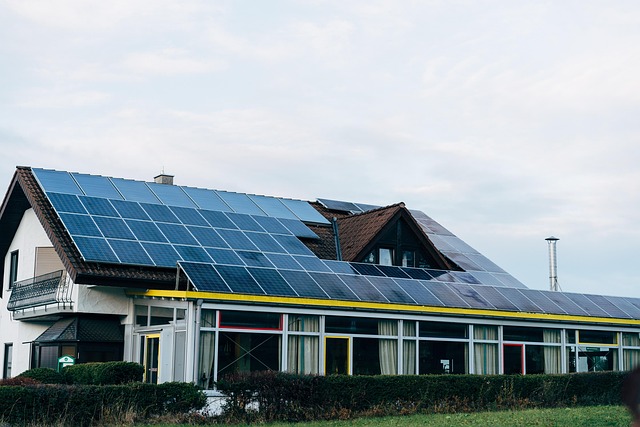
5 Ways Green Technologies Can Help Achieve Carbon Neutral Status: A Guide to Sustainable Development and Ecological Footprint Reduction
In today’s fast-paced world, the need for sustainable development has never been more urgent. As we collectively strive toward a greener future, the concept of carbon neutrality has gained significant traction. Achieving this goal is not merely a choice but a necessity for protecting our planet and ensuring a habitable environment for future generations. Here, we explore 5 ways green technologies can play a pivotal role in ecological footprint reduction and help us transition to a sustainable paradigm.
1. Renewable Energy Sources
Transitioning to renewable energy sources such as solar, wind, and hydropower is one of the most impactful steps we can take for ecological footprint reduction. These green technologies harness natural resources, drastically decreasing carbon emissions compared to traditional fossil fuels. By investing in solar panels or wind turbines, households and businesses can significantly lower their energy costs while contributing to a cleaner environment.
2. Smart Agriculture
Green technologies also extend into the agricultural sector, where smart farming practices can optimize resource use. Techniques such as precision farming utilize data analytics, soil sensors, and drones to minimize water usage and reduce chemical inputs. These innovations not only enhance crop yields but also lead to a dramatic decrease in the ecological footprint associated with food production.
3. Energy-Efficient Buildings
Another avenue for reducing our ecological footprint lies in the construction of energy-efficient buildings. By integrating green technologies such as advanced insulation, energy-efficient appliances, and smart heating and cooling systems, we can drastically lower energy consumption. Green building certifications further encourage the adoption of sustainable practices, while also improving the quality of life for occupants.
4. Waste Management Innovations
Waste management is a critical area where green technologies can shine. Advanced recycling systems and waste-to-energy technologies can minimize waste and transform it into usable energy. Furthermore, composting and biodegradable materials help reduce landfill contributions, effectively lessening our ecological footprint and promoting a circular economy.
5. Electric Vehicles and Sustainable Transportation
The transportation sector is a significant contributor to carbon emissions, but the rise of electric vehicles (EVs) is changing the game. EVs offer a cleaner alternative to traditional gas-powered vehicles, helping to reduce air pollution and reliance on fossil fuels. Additionally, embracing public transit, cycling, and car-sharing platforms can complement these efforts, reinforcing sustainable development and further minimizing individual ecological footprints.
By embracing green technologies, we have the potential to lead the charge toward a sustainable future. Each of these innovations offers not only a path to carbon neutrality but also a collective opportunity for us to redefine our relationship with the planet—one step at a time.



